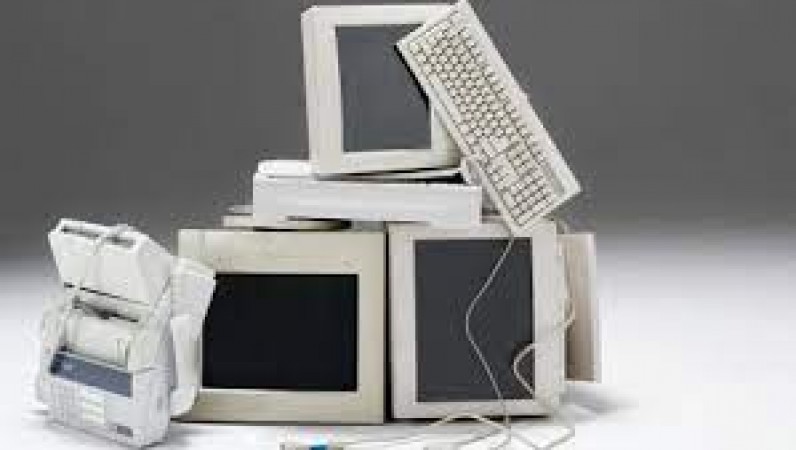
Is your trusty old desktop computer starting to feel sluggish? Don't worry, there are ways to breathe new life into it and make it run smoothly again. With a few simple tweaks and adjustments, you can transform your aging desktop into a speedy powerhouse that handles tasks like a breeze. Let's dive into five effective tips to rev up the performance of your old desktop so it runs like butter.
Over time, your hard drive accumulates unnecessary files, which can bog down your system's performance. Start by decluttering your hard drive and removing unused programs and files. Uninstalling programs you no longer need frees up valuable space and reduces the strain on your system. Additionally, consider using disk cleanup tools or manually deleting temporary files and caches to further optimize storage space.
One of the most effective ways to boost your old desktop's performance is by upgrading its hardware components. Consider adding more RAM to improve multitasking capabilities and speed up data access. Upgrading to a solid-state drive (SSD) can significantly enhance overall system responsiveness and reduce boot times. Even replacing an aging processor or graphics card with newer models can provide a noticeable performance boost.
Adding more RAM (Random Access Memory) to your system can significantly improve its performance. RAM is crucial for multitasking and running applications smoothly. Upgrading to higher capacity RAM modules or installing additional RAM sticks can provide a noticeable boost in speed and responsiveness.
Replacing your old mechanical hard drive with a solid-state drive (SSD) can dramatically enhance your system's performance. SSDs offer faster data access speeds, quicker boot times, and improved overall responsiveness compared to traditional hard drives. Consider migrating your operating system and frequently used programs to the SSD for maximum performance gains.
Too many startup programs can prolong the booting process and consume valuable system resources. Take control of your startup programs by disabling unnecessary ones that launch automatically when you boot up your computer. You can manage startup programs through the Task Manager (Windows) or System Preferences (macOS). By reducing the number of startup programs, you can expedite the booting process and free up resources for essential tasks.
Just like any other machine, your desktop computer requires regular maintenance to keep it running smoothly. Schedule routine tasks such as disk cleanup, disk defragmentation (for traditional hard drives), and software updates to ensure optimal performance and security. Additionally, consider investing in reputable antivirus software to protect your system from malware and viruses that can degrade performance.
Take advantage of performance-enhancing settings and features built into your operating system. Adjusting visual effects settings, disabling unnecessary animations, and optimizing power settings can all contribute to a snappier computing experience. For example, in Windows, you can access the Performance Options menu to fine-tune visual effects and allocate system resources more efficiently.
Optimizing power settings can also improve your desktop's performance. Adjusting power plans to prioritize performance over energy savings can provide a noticeable boost in speed and responsiveness. Experiment with different power settings to find the balance between performance and energy efficiency that works best for your needs. By implementing these five tips, you can breathe new life into your old desktop computer and enjoy a faster, smoother computing experience. Whether you're browsing the web, streaming media, or tackling demanding tasks, your rejuvenated desktop will handle everything with ease, just like butter.
People of this zodiac sign may be busy in household work today, know your horoscope
Something like this is going to happen today for Pisces people, know your horoscope